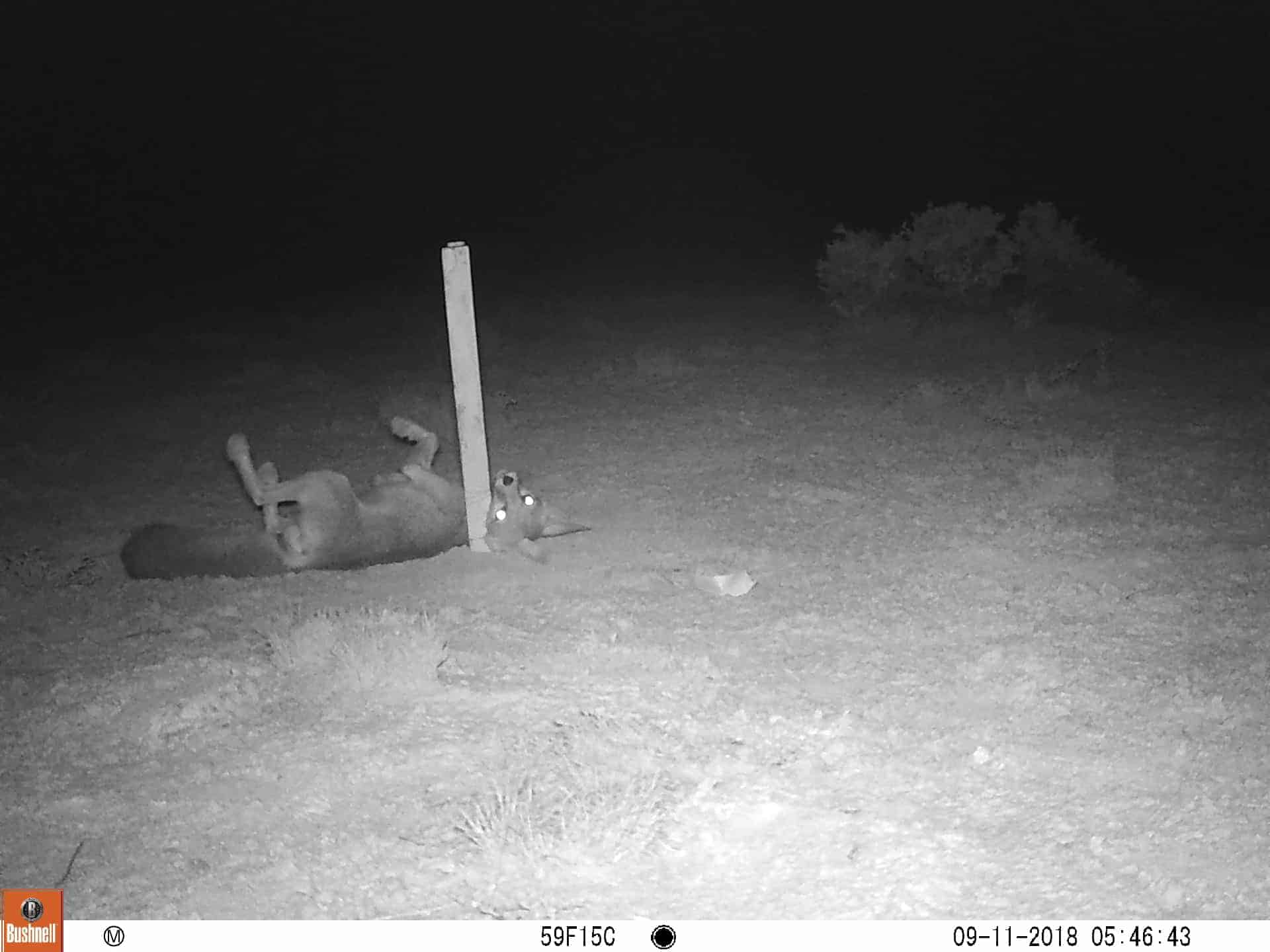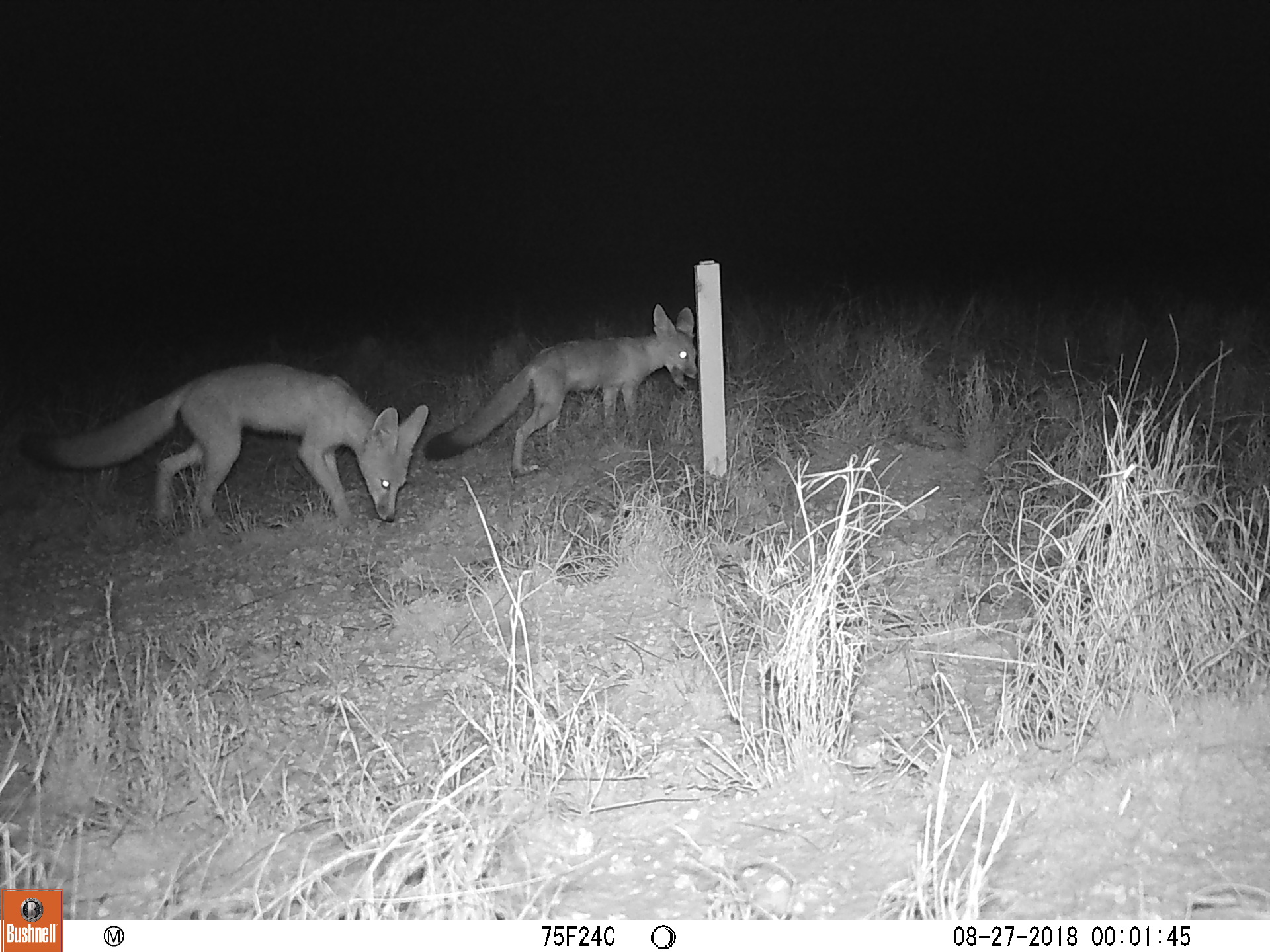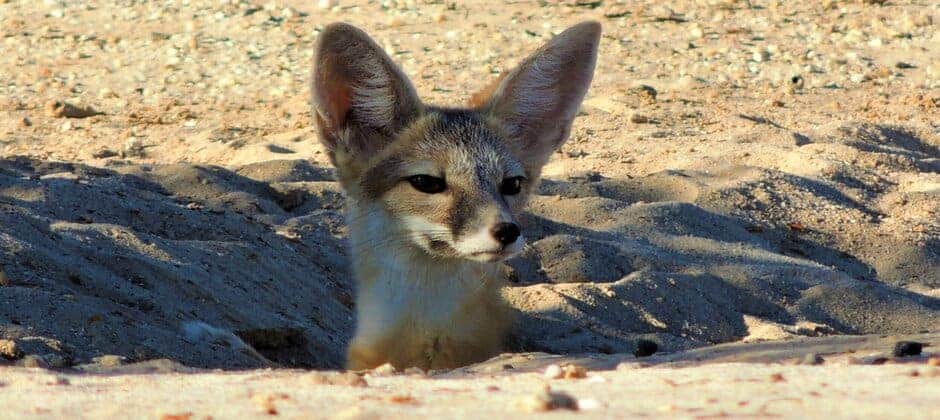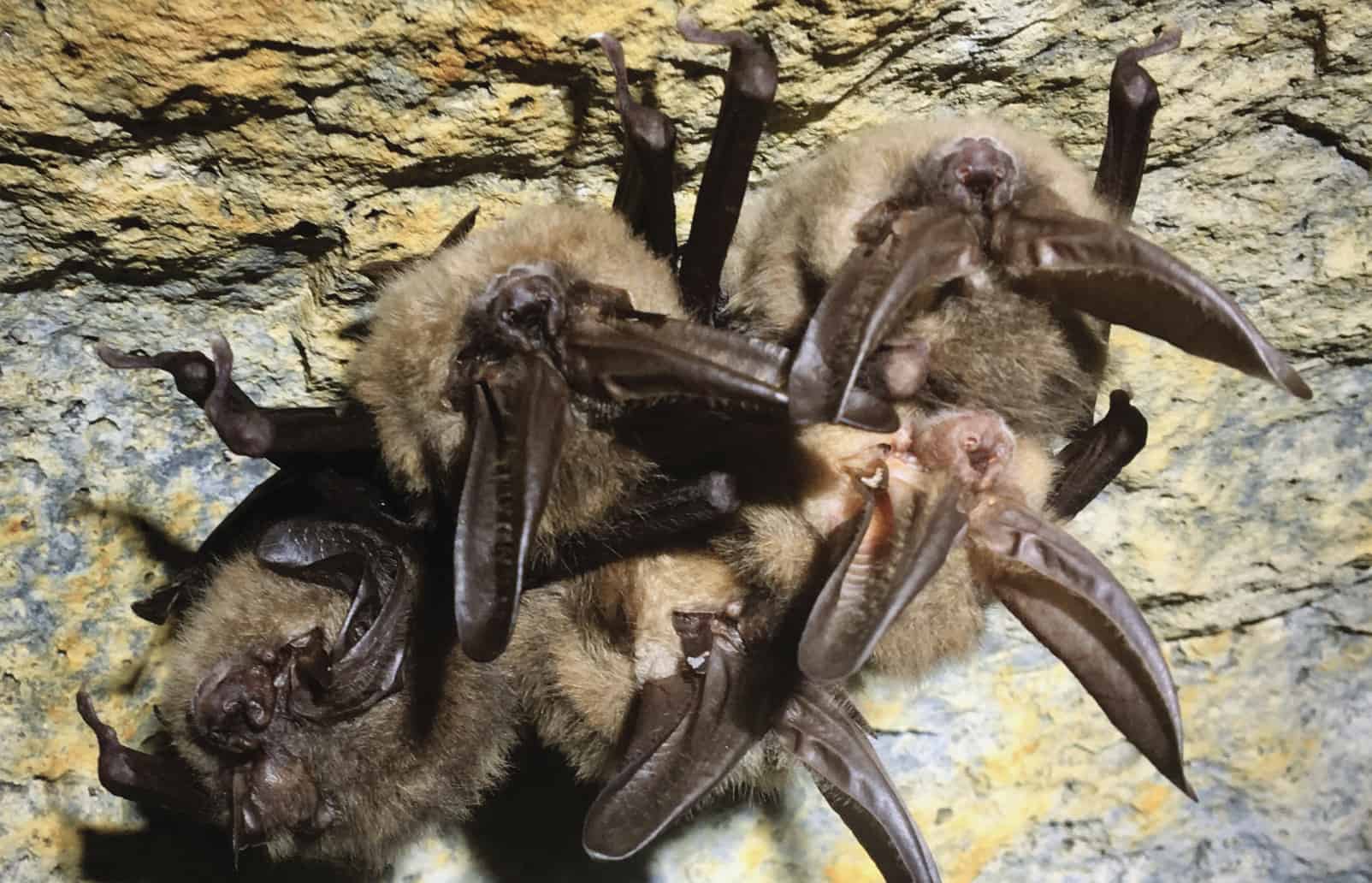Share this article
JWM: Texas kit fox populations appear healthy
The kit fox population living in the high elevation grasslands of the Trans-Pecos region of western Texas appears to be doing well.
Texas Parks and Wildlife had noticed a decline in the distribution of swift foxes (Vulpes velox) in the panhandle region of Texas. They wondered whether kit foxes may be experiencing a similar decline. But nobody had conducted surveys to determine the species’ baseline population in Texas.
For a paper published recently in the Journal of Wildlife Management, TWS member Matt Hewitt and his colleagues set out to conduct a study using trail cameras in nine counties west of the Pecos River—the Trans-Pecos region—from March 2018 to March 2020. They aimed the cameras at 732 baited sites, with each survey lasting about two weeks.
Trail camera images revealed kit foxes were present at 99 of the 732 sites. The researchers then ran models to predict the probability of kit fox occurrence in the Trans-Pecos region.

A kit fox playing in the Trans-Pecos region. Credit: Borderlands Research Institute
They found kit foxes occurred more often in areas of the Trans-Pecos closer to New Mexico. “Generally speaking, the farther north you went, the more likely you would have kit foxes,” said Hewitt, a scientist at the Borderlands Research Institute at Sul Ross State University in Texas. The organization focuses on the conservation of the borderlands in the Chihuahuan Desert.
While the models predicted suitable kit fox habitat closer to the border, the trail cameras didn’t detect any there. The farthest south they got was in the area around the town of Marfa in the center of the study area.
The right habitat
As research conducted on the species elsewhere in the country has found, kit foxes in Texas tend to prefer high elevation grasslands. “We found that they really liked flat, open and sparse vegetation,” Hewitt said. This meant that they occurred most often in Hudspeth and Culberson counties.

Kit foxes had higher abundance in the northern part of the Texan Trans-Pecos region.
Credit: Borderlands Research Institute
Overall, Hewitt said the foxes appear to be doing well, though this is only a baseline survey and would need to be repeated in several years to determine the trajectory of the population. “I don’t think they are on the brink of extinction or extirpation,” he said.
At the same time, the models the researchers ran predicted that kit foxes could also occur in some areas where they didn’t detect any. “There is room for expansion,” Hewitt said.
This baseline study can help wildlife managers better focus on land to protect for kit foxes in the future, he said.
This article features research that was published in a TWS peer-reviewed journal. Individual online access to all TWS journal articles is a benefit of membership. Join TWS now to read the latest in wildlife research.
Header Image: Kit foxes are found in high elevation grasslands. Credit: Denis Josefina Perez-Ordoñez








